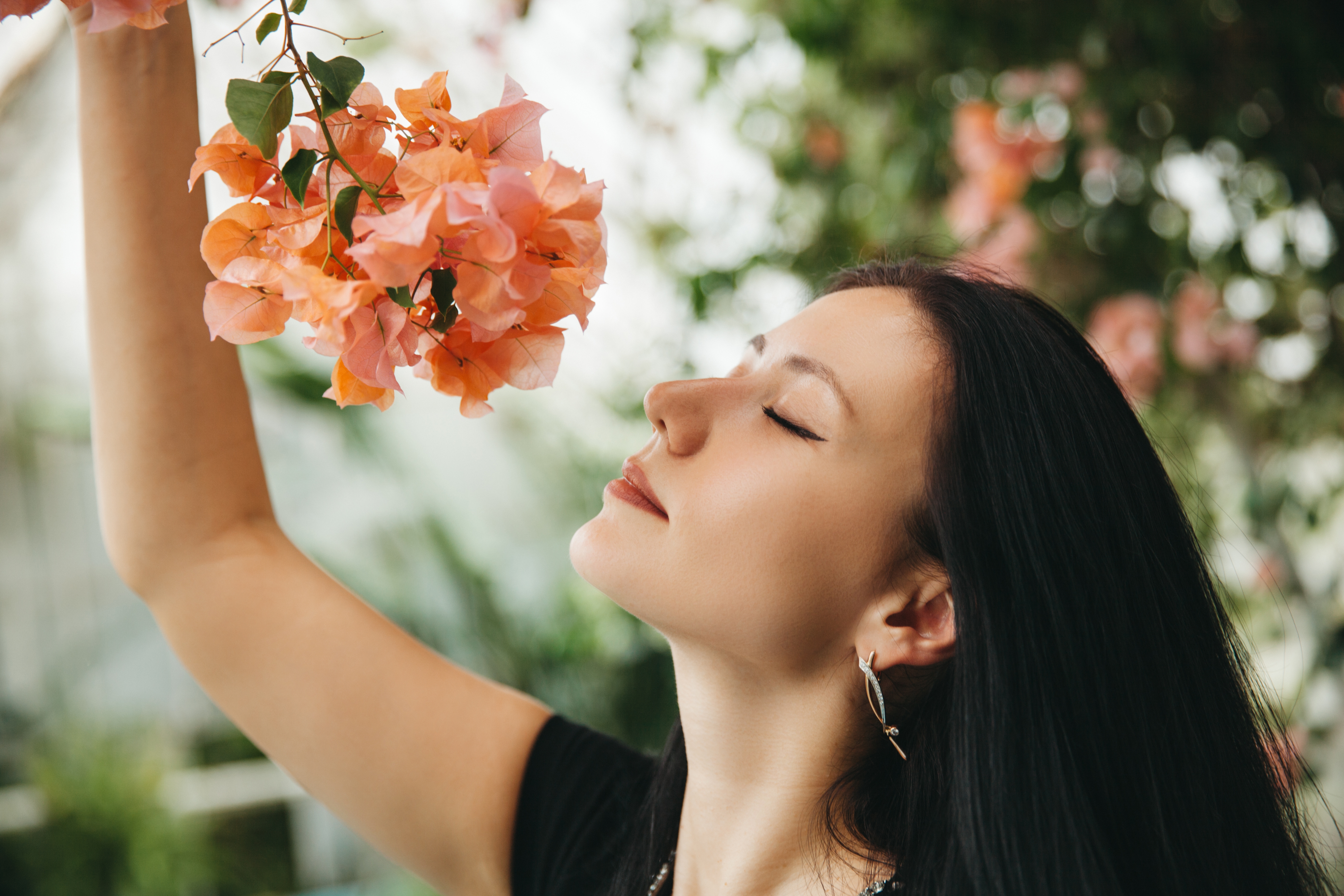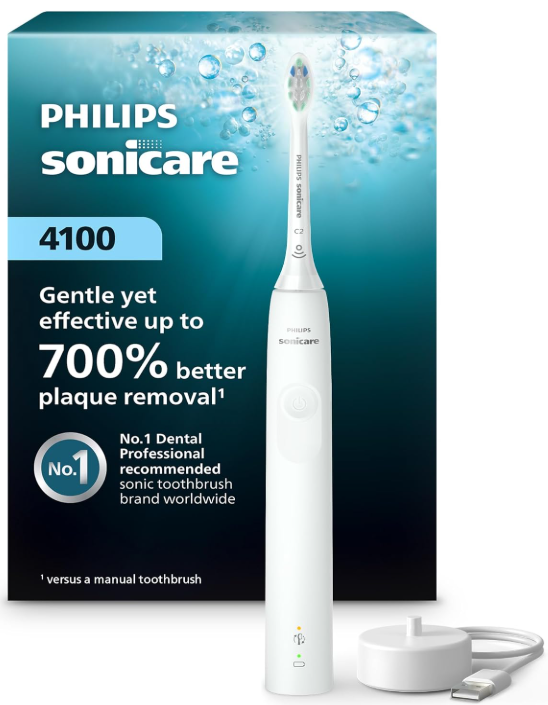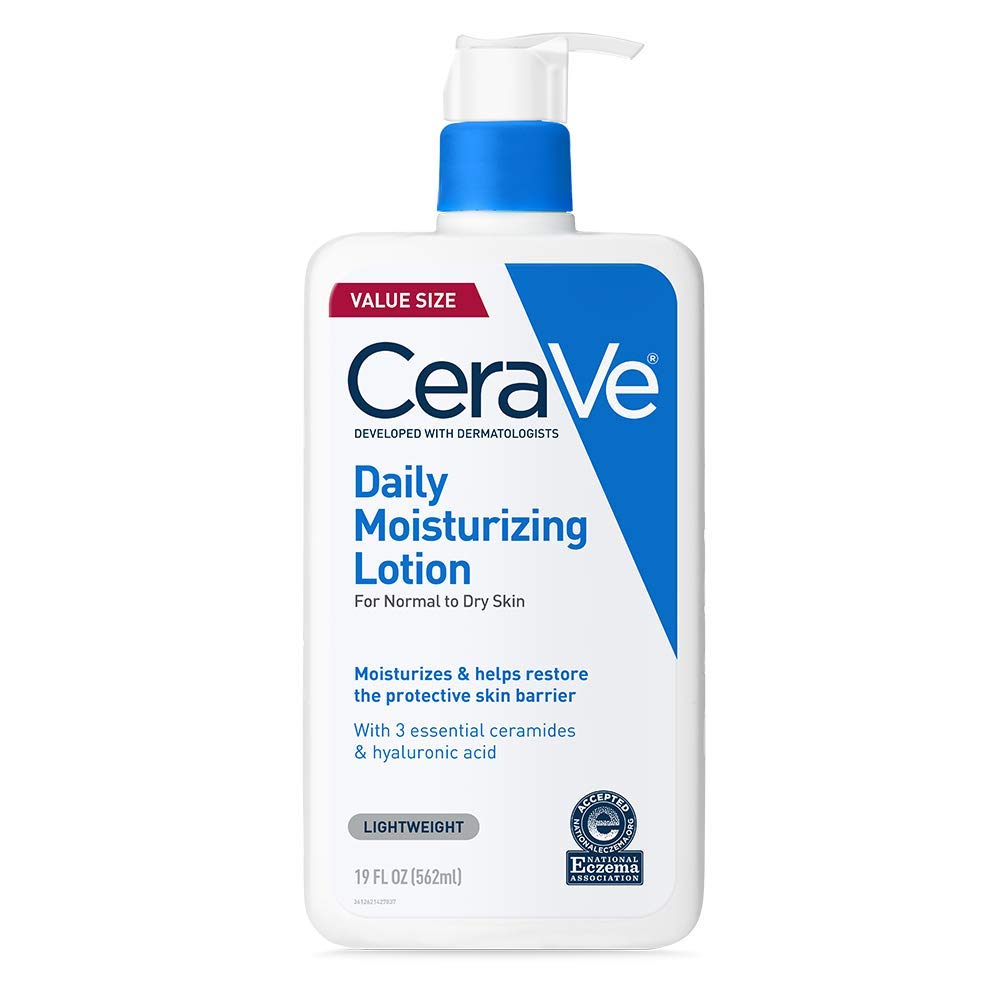Introduction: The Unseen Architect of Your Mind
A single, fleeting scent—the crispness of autumn air, the particular perfume of a loved one, the comforting aroma of baking bread—can instantly transport you across decades. This experience, often called the “Proust Effect” after Marcel Proust’s literary description of a memory-laden madeleine biscuit, is a universal human phenomenon. For years, it was the domain of poets and novelists, but science has now firmly established the neurological basis for this powerful connection. Our sense of smell, or olfaction, is far from a passive, secondary sense. It is a potent and active modulator of our cognitive and emotional lives, capable of shaping our moods, enhancing our focus, and unlocking our most deeply buried memories. This extraordinary influence stems from a unique and privileged neural architecture: a direct “superhighway” in the brain that links scent to the ancient command centers of emotion and memory, bypassing the analytical filters that process our other senses. This report will journey through the distinct neuroanatomy of smell, explore its profound impact on our memories and emotions, provide an evidence-based guide to harnessing specific scents for health and performance, and conclude with a crucial discussion on practical application, safety, and the necessary scientific context for its use.
Section 1: The Scent Superhighway: Your Brain’s Direct Line to Emotion and Memory
The remarkable power of scent is not mystical; it is anatomical. The way our brains are wired to process odors is fundamentally different from all other senses, granting olfaction an unfiltered, high-speed pass to the regions that govern our most primal feelings and memories.
1.1 The Olfactory Exception: A Unique Sensory Pathway
When you see a sunset, hear a piece of music, or feel the texture of a surface, that sensory information travels first to a central processing hub in the brain called the thalamus. The thalamus acts as a master switchboard, sorting and relaying signals to the appropriate areas of the cerebral cortex for higher-level processing and conscious interpretation. Smell, however, is the exception. Olfactory information takes a more direct route.
The journey of a scent begins when volatile odorant molecules enter the nasal cavity and bind to specialized olfactory receptors located on cilia in the olfactory epithelium. This binding event, akin to a key fitting into a lock, triggers an electrical signal in the olfactory sensory neurons. These neurons’ axons bundle together to form the olfactory nerve (cranial nerve I), which travels to an adjacent brain structure called the olfactory bulb. From the olfactory bulb, the signals are sent directly to the primary olfactory cortex and, crucially, to core components of the limbic system. As psychiatrist Dr. Drew Cumming explains, “Smell signals bypass the thalamus and go directly to the olfactory bulb and then quickly to the amygdala and hippocampus”. This thalamic bypass gives olfaction a unique and potent ability to influence mood and memory with an immediacy that other senses lack.
This direct, unfiltered access to the brain’s emotional core explains why our reactions to smells can feel so immediate, involuntary, and deeply emotional. While other senses are moderated by the thalamus, which allows for conscious analysis before a full emotional reaction occurs, a scent can trigger a physiological and emotional response in the limbic system before the conscious mind has even had a chance to fully process and label what it is smelling. This is the neuroanatomical reason a smell can “hit” you with such force.
1.2 The Limbic System: The Brain’s Primal Command Center
The limbic system is a collection of evolutionarily ancient brain structures situated deep within the forebrain. It is the command center for our most fundamental functions, including emotions, motivations, memory formation, and survival instincts like the fight-or-flight response, hunger, and reproduction. The olfactory system’s intimate relationship with this system is the key to its power. The main components involved are:
- The Amygdala: Often called the brain’s “emotion center,” the amygdala is a pair of almond-shaped structures critical for processing feelings like fear, anger, anxiety, and pleasure. It plays a pivotal role in attaching emotional significance to memories, essentially tagging experiences as “important” and worth remembering.
- The Hippocampus: As the brain’s “memory hub,” the hippocampus is essential for forming new long-term memories, particularly episodic memories (the stories of our lives), and for associative learning—the process of linking different pieces of information together.
- The hypothalamus: This structure acts as a bridge between the nervous system and the endocrine system, regulating the autonomic nervous system to control physiological responses like heart rate, blood pressure, body temperature, and the release of hormones like cortisol.
The connection between olfaction and the limbic system is not merely one of proximity; it is one of deep structural integration. The olfactory bulb sends direct, monosynaptic (requiring only a single synapse) projections to several subregions of the amygdala, including the medial nucleus and anterior cortical nucleus. This connection is so fundamental that these parts of the amygdala are considered components of the
primary olfactory cortex itself. The hippocampus is also tightly linked, receiving strong, synchronized oscillatory inputs from the olfactory bulb during the processing of odors.
1.3 Evolutionary Hardwiring: Why Scent is the Sense of Survival
This unique olfactory-limbic architecture is not a recent evolutionary development; it is a highly conserved system found across a vast range of species, from fish to humans, underscoring its fundamental importance for survival. For our ancient ancestors, smell was a primary tool for navigating the world. It was essential for building mental maps of their environment, locating food sources, identifying the presence of predators, recognizing kin for social cohesion, and selecting mates for procreation.
As Harvard neurobiologist Sandeep Robert Datta puts it, “You can think of the original brain as being a sense of smell plus a sense of navigation plus a sense of memory”. This perspective powerfully reframes our understanding of the brain, suggesting that our modern cognitive architecture, with all its complexity, was built upon an ancient olfactory foundation. The sense of smell, therefore, is not just another sensory input but a window into the health of these fundamental brain circuits. The regions central to olfaction, like the hippocampus, are also among the first to be affected by neurodegenerative diseases like Alzheimer’s. Consequently, a decline in the ability to identify scents has emerged as one of the earliest detectable signs of such diseases, often preceding noticeable cognitive decline by several years. This positions the sense of smell as a potential, non-invasive “canary in the coal mine” for monitoring the health of the brain’s core memory and emotional systems.
Section 2: Scent as a Time Machine: The Neurological Power of Odor-Evoked Experiences
The unique neuroanatomy of the olfactory system gives rise to the profound and often startling psychological phenomena we experience in response to scent. It transforms odors from simple sensory data into powerful triggers for memory, emotion, and even physiological change.
2.1 The “Proust Effect” in High Definition: Why Scent-Evoked Memories Feel More Real
When a smell triggers a memory, the experience is qualitatively different from recalling the same event through a photograph or a story. Odor-evoked autobiographical memories are consistently reported to be more emotional, more vivid, and to produce a stronger feeling of “being brought back in time”. This is not just a subjective impression. Research has shown that older adults can access much older memories when prompted by a smell compared to when prompted by a picture or a word.
Functional magnetic resonance imaging (fMRI) studies provide the neurological proof behind this phenomenon. When individuals recall a memory triggered by a scent, their brains show significantly greater activation in the limbic system—specifically the amygdala and hippocampus—compared to when the same memory is recalled using a visual or verbal cue. This heightened limbic activity is the neural signature of the memory’s emotional potency. The process hinges on associative learning: the brain forges a powerful link between a neutral scent and the emotional context of an event. Because the amygdala (emotion) and hippocampus (memory) are so anatomically close and so directly wired to the olfactory bulb, the associations they form with odors are exceptionally robust and long-lasting.
2.2 The Duality of Scent: Triggers for Comfort and Trauma
This powerful memory-linking mechanism is a double-edged sword, capable of inducing both profound comfort and debilitating distress.
On the positive side, nostalgic and pleasant scents can trigger a cascade of measurable health benefits. Studies have demonstrated that these odor-evoked memories can increase positive emotions, boost self-esteem and optimism, and instill a greater sense of meaning in life. The effects are not just psychological; they are physiological. Positive scent memories have been shown to reduce markers of systemic inflammation in the body (such as tumor necrosis factor-alpha and interferon-gamma), promote slower and deeper breathing, and lower blood pressure. In some cases, they can even be potent enough to disrupt cravings for addictive substances like cigarettes by evoking pleasant, alternative states of mind.
Conversely, the same mechanism can become a source of significant suffering. For individuals with post-traumatic stress disorder (PTSD), a scent associated with a traumatic event—the smell of burning diesel fuel from a combat zone, the specific cologne of an abuser—can become a powerful and devastating trigger. As neuroscientist Kerry Ressler of Harvard Medical School notes, “If someone has a smell that is linked to their trauma, that smell is almost certainly one of the most robust triggers for their trauma”. An unexpected encounter with such a scent can instantly plunge an individual into a vivid flashback, forcing them to re-experience the overwhelming fear, helplessness, and physiological distress of the original event.
This duality reveals a critical truth about our relationship with scent: the emotional response is not inherent to the chemical molecules of an odor but is learned through personal experience and association. This is why the same scent can evoke joy in one person and anxiety in another. Furthermore, our cognitive framing can actively shape our perception. A landmark 2001 study demonstrated this by presenting participants with an identical odor but with different labels. When labeled “parmesan cheese,” it was rated as pleasant; when labeled “vomit,” it was rated as unpleasant. This shows that our interaction with scent is not purely a bottom-up process (from molecule to brain) but is also a top-down one, where our thoughts and expectations influence our sensory experience. This malleability suggests that we can consciously work to build new, positive associations with scents, opening a potential avenue for therapeutic intervention.
Section 3: Hacking Your Brain with Scent: An Evidence-Based Guide to Aromatherapy
The ancient practice of using aromatic plant extracts to promote health and well-being, known as aromatherapy, is now being validated by modern science. Researchers are moving beyond anecdotal reports to objectively measure how specific scents can influence the brain, body, and behavior, providing an evidence-based framework for their use.
3.1 More Than Just a Feeling: Measuring Scent’s Impact on the Brain and Body
The effects of fragrances are not merely subjective; they can be quantified through various scientific methods.
- Brainwave Modulation: Electroencephalography (EEG), which measures electrical activity in the brain, has shown that inhaling different fragrances can directly alter brainwave patterns. For instance, studies have found that lavender can increase theta and alpha wave activity, which are associated with states of relaxation and drowsiness. In contrast, rosemary has been shown to decrease these same brainwaves, a change correlated with increased alertness. These findings provide objective, physiological evidence of scent’s ability to shift mental states.
- Physiological Changes: The influence of scent extends throughout the body. Inhaling specific aromas can produce measurable changes in the autonomic nervous system, affecting heart rate, blood pressure, skin temperature, and muscle tension. For example, inhaling rose or patchouli oil has been found to decrease relative sympathetic activity (the “fight or flight” response) by up to 40%. Scents can also modulate the endocrine system, influencing levels of stress hormones like cortisol.
- Cognitive and Physical Performance: The impact of scent can be observed in concrete, task-based performance. Studies have documented that rosemary can enhance memory quality, while peppermint has been shown to improve physical performance, including increasing the number of push-ups performed and running speed, while reducing the perceived level of effort.
3.2 The Scent-Effect Matrix: A Reference Guide
The following table synthesizes findings from numerous scientific studies to provide an evidence-based reference for the effects of several common and well-researched scents.
| Scent/Essential Oil | Primary Reported Effect(s) | Documented Physiological & Cognitive Changes | Observed Brain/Body Mechanisms | Key Supporting Evidence |
| Lavender (Lavandula angustifolia) | Calming, Relaxing, Sleep Aid, Anxiolytic (Anxiety-reducing) | Reduces stress, anxiety, and pain; promotes relaxation and improves sleep quality; lowers blood pressure. | Increases theta and alpha brainwave activity; suppresses sympathetic nervous system activity; may decrease cortisol levels. | |
| Peppermint (Mentha piperita) | Stimulating, Focus-Enhancing, Energizing | Boosts alertness, concentration, and memory; enhances physical performance; reduces fatigue and headaches. | Increases ventilation and brain oxygen concentration; relaxes bronchial smooth muscles; may decrease fatigue-related brainwave patterns. | |
| Lemon (Citrus limon) | Mood-Uplifting, Energizing, Antidepressant | Improves mood, increases alertness, reduces feelings of fatigue, anxiety, and depression; may reduce pain. | Believed to trigger the release of serotonin and dopamine; increases beta wave activity in the left frontal region (associated with positive mood). | |
| Rosemary (Salvia rosmarinus) | Memory-Boosting, Focus-Enhancing, Stimulating | Improves memory recall and concentration; increases focus and mental activity; reduces stress hormone levels. | Decreases frontal alpha and beta brainwave activity (correlated with increased alertness); performance linked to absorbed concentration of 1,8-cineole. | |
| Vanilla | Comforting, Relaxing, Anxiolytic | Reduces stress and anxiety; promotes a sense of well-being and calmness. | Has a calming effect on the brain; linked to reduced anxiety in clinical settings (e.g., MRI scans). | |
| Ylang-Ylang (Cananga odorata) | Calming, Sedative, Mood-Balancing | Decreases blood pressure and increases skin temperature; promotes relaxation and feelings of calm; may decrease alertness and impair memory. | Can decrease stress and balance emotions; associated with increased feelings of well-being. | |
| Melissa (Lemon Balm) (Melissa officinalis) | Calming, Sedative, Anxiolytic | Significantly reduces agitation in individuals with severe dementia; improves quality of life indices. | Effective treatment for clinically significant agitation, demonstrating benefits beyond placebo in controlled trials. |
3.3 Clinical Spotlight: Aromatherapy in Action
The therapeutic potential of aromatherapy is being rigorously tested in clinical environments, with some applications showing remarkable promise.
- Dementia and Agitation: One of the most compelling examples comes from a double-blind, placebo-controlled trial involving individuals with severe dementia. In this study, a lotion containing essential oil of Melissa officinalis (lemon balm) was applied to patients’ faces and arms twice daily. The results were significant: 60% of patients in the Melissa group experienced a 30% or greater reduction in agitation scores, compared to only 14% in the placebo group (which used a sunflower oil lotion). The treatment also led to statistically significant improvements in quality-of-life measures, such as increased engagement in constructive activities.
- Anxiety and Pain Management: The anxiolytic (anxiety-reducing) effects of certain scents are well-documented. Studies have shown that inhaling lavender can effectively reduce pre-procedural anxiety in settings like dental offices and hospitals. In one notable study, the sweet scent of vanilla was found to reduce overall anxiety in patients undergoing stressful MRI scans by an impressive 63% compared to a control group. Furthermore, research into pain management has found that both the inhalation of lavender and the
expectation of its analgesic effects can significantly reduce the perception of pain.
Section 4: Putting Scent to Work: A Practical Guide to Enhancing Your Life
Understanding the science behind scent’s influence is the first step; the next is to apply that knowledge safely and effectively. This section provides a practical guide to incorporating aromatherapy into daily routines to enhance focus, promote relaxation, and improve overall well-being.
4.1 Methods of Application: Choosing Your Aromatic Toolkit
There are several ways to experience the benefits of essential oils. The choice of method depends on the desired effect, the environment, and safety considerations.
- Diffusion: This method uses a device, typically an ultrasonic diffuser, to disperse a fine mist of water and essential oil into the air. It is an excellent way to scent a room and influence the mood of a space. Best practices include using diffusion intermittently (e.g., 30-60 minutes on, 30-60 minutes off) in a well-ventilated area to prevent overwhelming the nervous system. It is important to note that some institutions, like Johns Hopkins Medicine, advise against using diffusers in households with multiple people or pets, as sensitivities can vary widely.
- Personal Inhalation: This is one of the safest and most direct methods for personal use. It involves inhaling the aroma from a concentrated source without dispersing it into the wider environment.
- Aroma Sticks/Inhalers: These are small, portable plastic tubes containing an absorbent wick. A few drops of essential oil are added to the wick, and the inhaler can be used as needed for a quick, personal dose of aroma.
- Aromatherapy Jewelry: Necklaces, bracelets, or keychains made with absorbent materials like lava stone or felt allow a few drops of oil to be applied for a gentle, personal scent that lasts throughout the day.
- Topical Application: Applying essential oils to the skin allows for both inhalation of the aroma and absorption through the skin. It is absolutely critical that essential oils are diluted in a carrier oil (such as jojoba, fractionated coconut, or sweet almond oil) before being applied to the skin. This prevents irritation, sensitization, and other adverse reactions. A general dilution ratio for adults is 1-2%, which translates to 6-12 drops of essential oil per one ounce (30 ml) of carrier oil.
- Aromatic Baths and Sprays:
- Baths: Never add essential oils directly to bathwater, as they will not mix and can cause severe skin irritation by floating on the surface in concentrated droplets. To safely enjoy an aromatic bath, first mix 5-10 drops of essential oil with a tablespoon of a carrier oil or an unscented, natural solubilizer before adding it to the water.
- Sprays: Room, linen, or pillow sprays can be made by combining essential oils with water or a hydrosol (floral water) in a spray bottle. A dispersant like Solubol or a small amount of high-proof alcohol is often needed to help the oil and water mix.
4.2 Pro-Tip Blends: Evidence-Informed Recipes for Life
The following are simple, evidence-informed blends that can be adapted for use in a diffuser, personal inhaler, or diluted for topical application.
- Morning Focus Blend:To sharpen the mind and boost energy at the start of the day.
- 3 drops Rosemary oil (for memory and focus)
- 3 drops Lemon oil (for alertness and mood)
- 2 drops Peppermint oil (for energy and stimulation)
- Workday Stress-Relief Blend: For a personal inhaler or to diffuse during stressful periods.
- 4 drops Bergamot oil (for mood-lifting and anxiety reduction)
- 3 drops Frankincense oil (for grounding and mental balance)
- 2 drops Lavender oil (for calming the nervous system)
- Pre-Sleep Relaxation Massage Oil: To prepare the mind and body for restful sleep.
- Mix in 1 ounce (30 ml) of carrier oil (e.g., sweet almond or jojoba):
- 6 drops Lavender oil (proven sleep aid)
- 4 drops Roman Chamomile oil (for soothing and calming)
- 2 drops Ylang-Ylang oil (for deep relaxation)
- Post-Workout Muscle Soothing Bath Blend: To ease tired muscles and clear the airways.
- First, mix the following oils with 1 tablespoon of carrier oil:
- 5 drops Eucalyptus oil (for muscle relief and respiratory support)
- 3 drops Peppermint oil (for a cooling sensation)
- Add the mixture to a warm bath and soak for 20 minutes.
4.3 Call to Action: Begin Your Scent Journey
Embarking on an exploration of scent’s benefits does not require a complex regimen. A practical first step is to choose a single, specific goal, such as improving sleep or reducing afternoon stress. Select one well-researched scent associated with that goal, like lavender for sleep. Try one safe application method, such as a few diluted drops on the soles of the feet before bed or a single drop on a tissue for inhalation. The key is to start simply and mindfully observe any effects on your mind and body.
Section 5: The Scented Elephant in the Room: A Critical Look at Placebo, Purity, and Precaution
To responsibly harness the power of scent, it is essential to approach the topic with a critical and informed perspective. This involves understanding the role of the placebo effect, prioritizing product quality, and adhering to strict safety guidelines to prevent adverse reactions.
5.1 The Placebo Question: Expectation vs. Efficacy
It is undeniable that the placebo effect plays a role in aromatherapy, as it does in many therapeutic interventions. The placebo effect is a real, measurable phenomenon where a person’s belief or expectation of a treatment’s benefit can produce a genuine physiological response.
Cleverly designed studies have worked to disentangle this effect from the direct physiological action of the essential oils. One study on pain perception created two groups: an “informed” group that was told lavender would reduce pain, and a “not-informed” group that was given no such information. The results showed that the informed group experienced pain relief even when they were given no odor at all, demonstrating a clear placebo effect from expectation alone. However, the study also found that the lavender odor itself had an independent pain-reducing effect in the not-informed group. The most significant pain reduction occurred in the informed group when they received the lavender odor, suggesting that the placebo effect and the oil’s direct physiological effect can be synergistic, working together to produce the strongest outcome.
The conclusion is not that aromatherapy “is all in your head.” Rather, it acknowledges that our cognitive state—our beliefs and expectations—can powerfully modulate our physical experience. At the same time, robust research, such as the double-blind, placebo-controlled trial of Melissa oil for dementia-related agitation, has demonstrated therapeutic benefits that significantly exceed those seen in the placebo group, confirming that some essential oils possess true, measurable efficacy.
5.2 The Ultimate Safety Guide: Using Aromatherapy Responsibly
The market for essential oils is largely unregulated, making it imperative for consumers to be educated and cautious. The following table consolidates critical safety information from numerous health and safety organizations.
| Safety Concern | Guideline / Precaution | Key Oils to Watch / Examples | Supporting Evidence |
| General Use | Do not ingest essential oils without guidance from a qualified practitioner. Store oils away from children, pets, and open flames. Buy from reputable sources. | Wintergreen, Pennyroyal, Camphor (highly toxic if ingested). | |
| Topical Use | Always dilute essential oils in a carrier oil (e.g., coconut, jojoba) before applying to skin. Perform a patch test with new oils. | Strong oils that always require high dilution: Oregano, Cinnamon Bark, Clove, Thyme. | |
| Photosensitivity | Avoid direct sun or UV exposure for at least 12-24 hours after topical application of photosensitizing oils to prevent burns. | Most cold-pressed citrus oils: Bergamot, Lemon, Lime, Grapefruit. Angelica, St. John’s Wort. | |
| Pregnancy | Consult a healthcare professional before use. Avoid certain oils entirely, especially in the first trimester. Use highly diluted. | Oils to avoid: Clary Sage, Myrrh, Rosemary, Fennel, Hyssop, Cedarwood Atlas, Sweet Marjoram, Juniperberry, Nutmeg, Basil. | |
| Children & Infants | Consult a healthcare professional. Use extreme caution and very high dilution rates (0.5-1%). Avoid use on infants under 3 months. Keep all oils out of reach. | Do not use Eucalyptus or Peppermint on or near the face of children under 3. Avoid Rosemary with young children. | |
| Specific Health Conditions | Consult a healthcare professional. Certain oils are contraindicated for specific conditions. | High Blood Pressure: Avoid Rosemary, Sage, Hyssop, Red Thyme. Epilepsy: Avoid Fennel, Hyssop, Rosemary, Sage. | |
| Pets | Consult a veterinarian. Many oils are toxic to pets, especially cats. Do not apply oils to pets’ fur. Ensure pets can leave a room where oils are being diffused. | Highly toxic to cats: Tea Tree, Peppermint, Citrus oils, Ylang-Ylang, Lavender, Wintergreen. |
5.3 Key Safety Protocols
For safe and responsible use, always adhere to the following protocols:
- Dilute, Dilute, Dilute: Never apply undiluted essential oils directly to the skin. Dilution in a carrier oil is non-negotiable for topical use.
- Patch Test First: Before using a new oil extensively, apply a small amount of the diluted oil to a patch of skin (like the inner forearm) and wait 24 hours to check for any reaction.
- Beware the Sun: After applying photosensitizing oils (most citrus oils), avoid direct sunlight and UV tanning beds for at least 12-24 hours to prevent severe skin reactions.
- Handle with Care: Keep essential oils away from eyes, inner ears, and other sensitive mucous membranes. Do not take essential oils internally unless under the direct guidance of a qualified and trained professional.
- Store Safely: Keep essential oils in cool, dark glass bottles, away from open flames or heat sources, and always out of the reach of children and pets.
- Know Your Contraindications: Be aware of which oils should be avoided with specific health conditions (e.g., high blood pressure, epilepsy) or during life stages like pregnancy and breastfeeding. When in doubt, consult a healthcare provider.
Conclusion: Reawakening Our Most Primal Sense
The scientific evidence is clear: our sense of smell is not a mere accessory to our perception of the world but a fundamental and powerful force that shapes our inner landscape. Due to a unique and direct neural pathway, scent is intimately woven into the fabric of our brain’s emotional and memory centers, granting it an unparalleled ability to influence our moods, trigger vivid memories, and alter our physiological state. As research continues to validate and quantify these effects, we are moving from ancient wisdom to an evidence-based understanding of how specific aromas can be used as tools to enhance focus, mitigate stress, and improve our overall health.
This growing body of knowledge empowers us to reclaim our most primal sense. By approaching aromatherapy with a mindful, informed, and safety-conscious perspective, we can unlock a deeply personal and accessible modality for self-regulation and well-being. The journey into the world of scent is a journey back to a core part of our evolutionary heritage. As neuroscientist Rachel Herz suggests, through scent, “You could have a piece of your past either forever forgotten or potentially newly remembered”. The choice to mindfully engage with this potent sense and the profound experiences it offers is ours to make.












